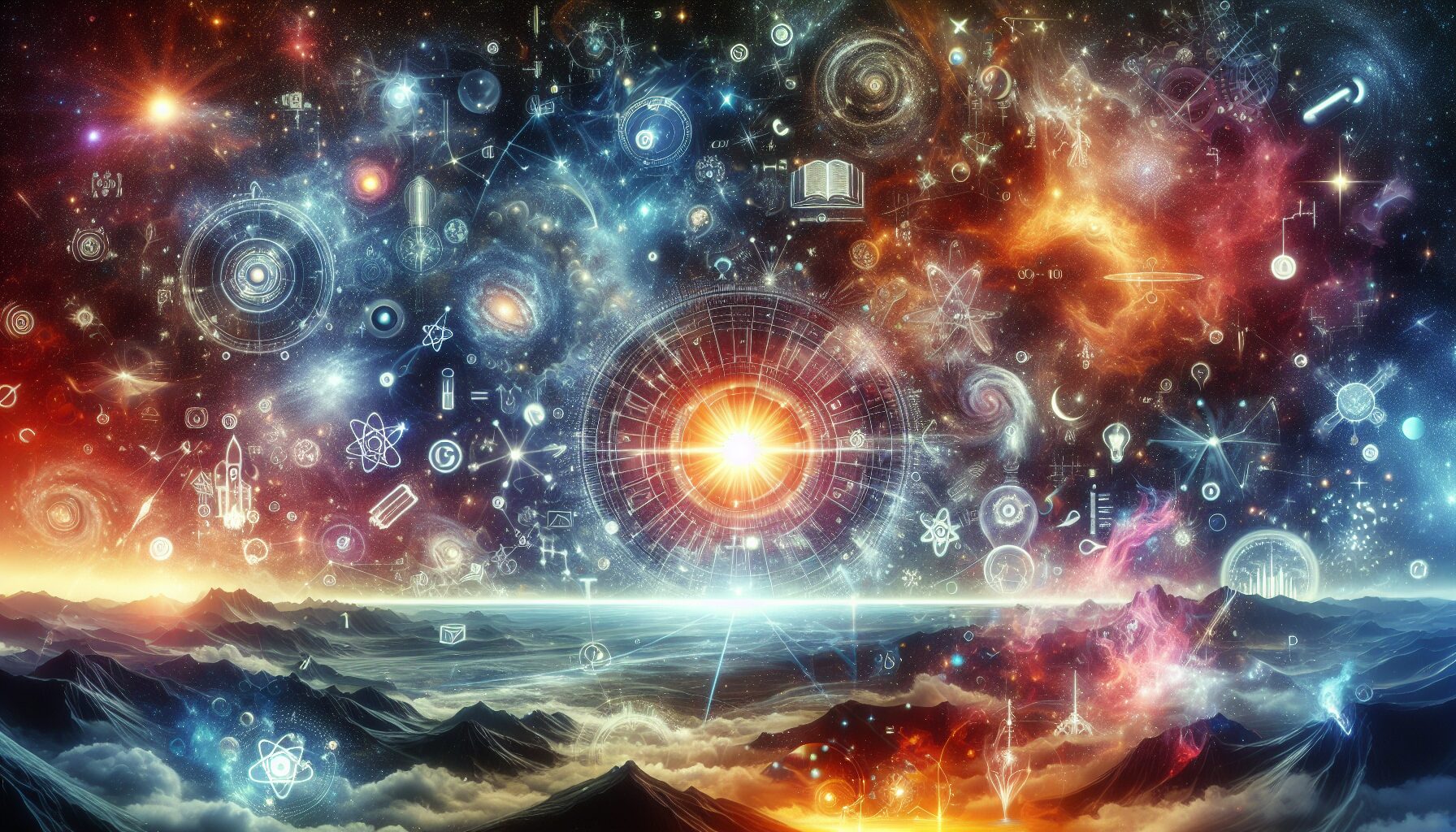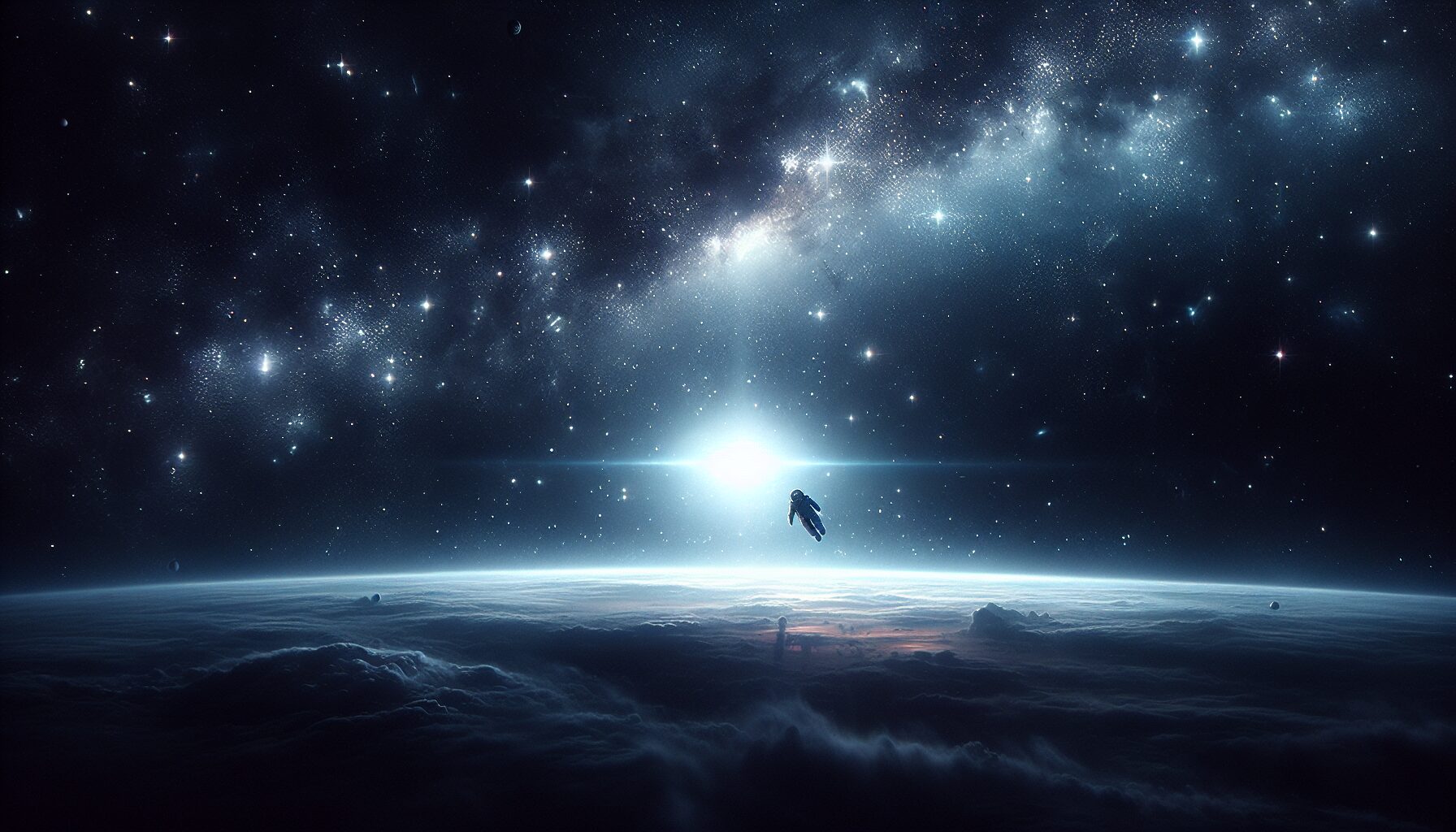When we glance up at the night sky, we often consider it a vast, empty space. However, cultures across the world have long filled the cosmos with stories, deities, and myths that explain the celestial bodies. Beyond the familiar tales of constellations like Orion and Ursa Major, there lies a rich tapestry of forgotten myths that delve into a mystical universe beyond our earthly understanding.
Mythologies Across Cultures
Every culture has projected its imagination onto the stars, crafting narratives that often mirror earthly struggles, hopes, and dreams. Here are a few lesser-known myths that expand our cosmic horizon:
- The Maori’s Sky Father: In Maori mythology, Ranginui, or ‘Sky Father,’ is locked in an eternal embrace with his wife, Papatūānuku—’Earth Mother.’ Their children grew tired of the darkness and lifted the sky to create light and space, populating the heavens with stars as a reminder of their struggle. This powerful narrative underscores the intrinsic connection between earth and sky, a reminder of the inseparability of all existence.
- Mayans and the Starry Jaguar: The ancient Maya revered the night sky, seeing complex cosmologies in the stars. One compelling symbol is the celestial jaguar—often represented in the night sky—which embodied power, strength, and the duality of night and day. The jaguar was believed to walk the night skies, a spiritual guardian of the cosmos. As Ancient History Encyclopedia notes, these stories were deeply intertwined with Mayan religion and calendar systems, reflecting their extensive astronomical knowledge.
- The Hindu Churning of the Ocean: In Hindu mythology, the gods and demons worked together to churn the ocean of milk to obtain the elixir of immortality, Amrita. As they churned, the cosmos itself was affected, producing various celestial beings and constellations. This grand mythological event symbolizes the continual cycle of creation and destruction—a dance of cosmic forces that extends beyond the physical realm.
The Legacy of Cosmic Myths
“We are children equally of the earth and the sky, tied together whether we know it or not.”
These stories and others offer a profound understanding of how ancient civilizations perceived their place in the universe. They highlight humanity’s quest to find meaning beyond the tangible world, bridging the gap between science and spirituality through the timeless art of storytelling.
In an era dominated by technology and scientific inquiry, rekindling our connection with these cosmic tales enriches our perception of the universe. They invite us to ponder the mysteries of the cosmos with childlike wonder and open our hearts to the narratives that shaped our ancestor’s lives, proving that the mythology beyond earth remains an integral part of our collective consciousness.


